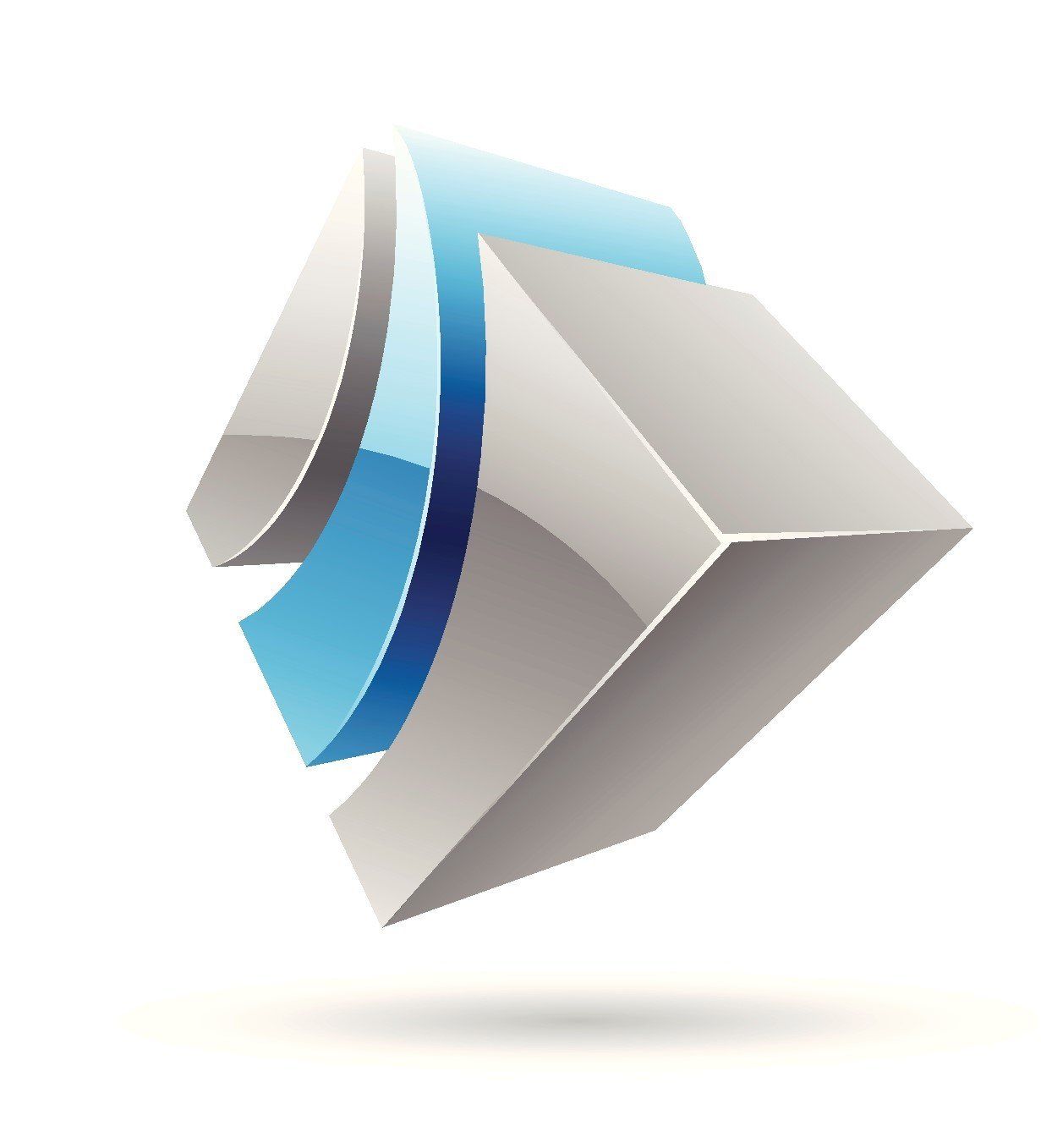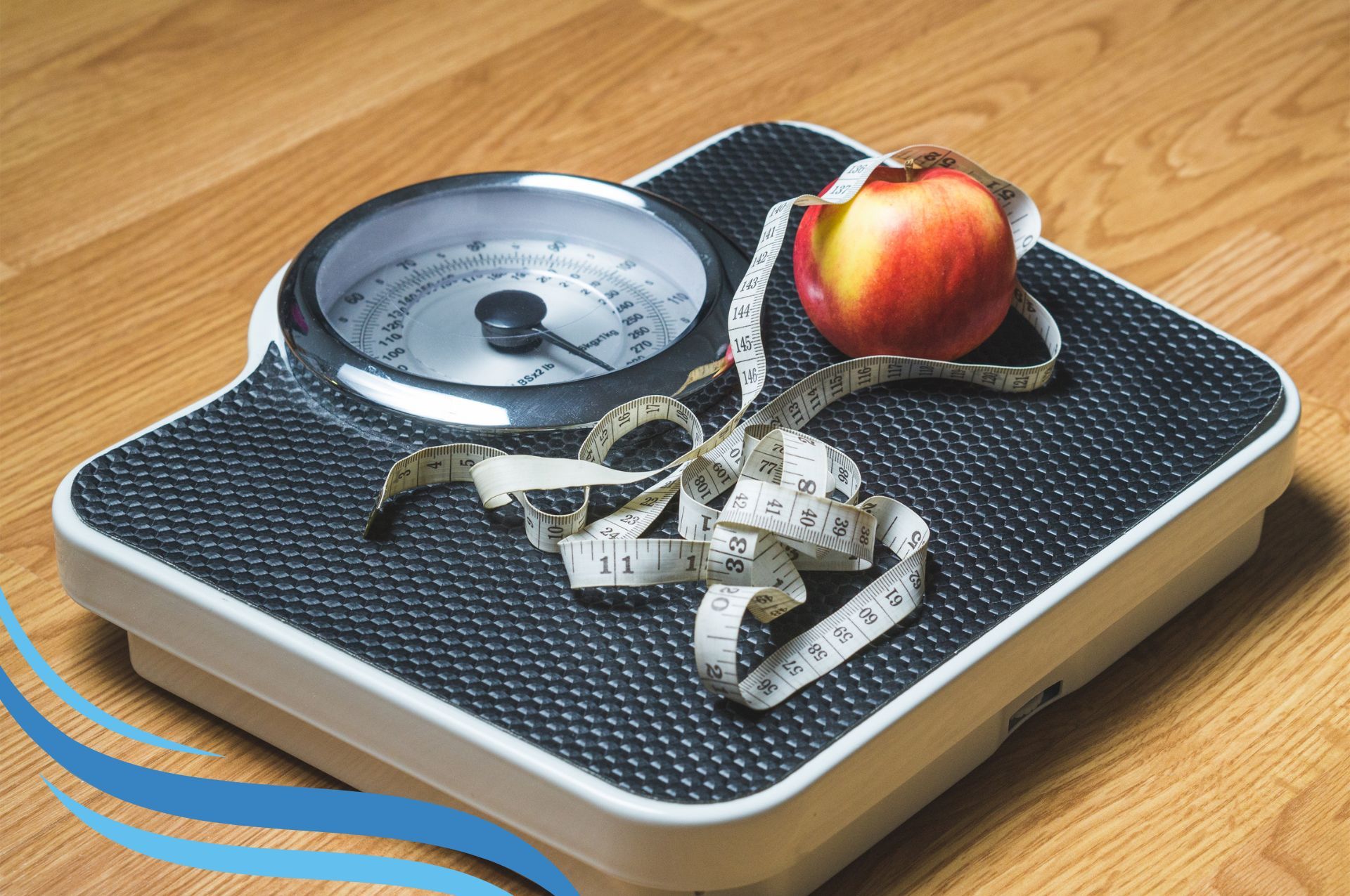Blog Layout
What Helps Muscles Recover Faster?
Patrick Campbell • 7 July 2021
When a muscle strain occurs it can result in various symptoms including pain, soreness, limited range of movement, weakness, bruising, swelling, and stiffness. Most incidents of muscle strain will resolve with self-care and within a few weeks. More severe cases could take months to resolve. Here are a few tips on how to speed up this recovery.
Muscles serve very many purposes in the body. They make up about 40% of the person’s weight. The muscular system is made up of over 600 muscles that allow for control and function of the body. There are three main types of muscles:
- Skeletal muscles – These are attached to and control the movement of the bones. From chewing to walking, they facilitate all kinds of body movements.
- Cardiac muscles – They are located around the heart and facilitate the pumping action that pushes blood throughout the body. Cardiac muscles give rise to heartbeats and are the strongest in the body.
- Smooth muscles – They are also referred to as visceral muscles They are found within blood vessels and other organs. These muscles facilitate such actions as digestion, blood circulation, and breathing.
Facial muscles are another sub-category that attaches under the skin rather than to the bone. They are what allow the face to make different expressions and control the tongue.
Muscles are part of the soft tissues in the human body. When injured, they suffer tearing to the muscle fibres.
What Do Muscles Do?
Muscles serve various functions in the body. They contract and relax in a coordinated fashion through the nervous system. Skeletal muscles movements are voluntary, meaning a person has conscious control. Smooth and cardiac muscles however work involuntarily. They can also work independently or together to execute various functions. These include:
- Mobility
- Joint stability
- Circulation
- Digestion
- Respiration
- Posture
- Urination
- Vision control
- Organ protection
- Temperature control
- Childbirth
Muscles play a vital role in sustaining human life. They need to be adequately nourished and exercised to remain healthy. However, certain actions can lead to injury and muscle pain. Such actions that can lead to muscle strain include:
- Failure to warm up before exercise
- Poor flexibility
- Poor conditioning and posture
- Overexertion
Muscle strain refers to when tissues suffer a complete or partial tear as a result of excessive force being applied. The tear can happen on the muscle itself, where the muscle and tendon meet, or in the tendon, where it attaches to the bone.
How to Speed Up Recovery of Injured Muscles
- RICE
This is the standard self-care procedure for acute soft tissue injuries. It should be applied as quickly as possible once injured to hasten recovery. Each letter standards for a recommended remedial action.
- R – Rest – When you sustain a muscle injury, it is advisable to immediately stop the activity and try to rest that body part for at least 1-2 days. This will help prevent bruising and promote healing.
- I – Ice – Apply an ice pack to the injured area for about 15-20 minutes at a time, every 2-3 hours during the first couple of days. The cold will help to reduce swelling and numb the pain. If you lack an ice pack, wrap a towel around a bag of frozen peas as a quick fix. Always wrap a towel around any heat or ice source to avoid injury to bare skin.
- C – Compression – Wrap the affected area with a bandage to prevent swelling. It should however not be too tight as to interfere with circulation. The area still needs delivery of blood to provide the necessary nutrients for healing. Loosen the bandage if you begin to feel numbness or that area starts turning blue.
- E – Elevation – Where possible, raise the injured body part above heart level. This will help reduce swelling and pain.
RICE can be supplemented with over-the-counter anti-inflammatory drugs for pain relief. It is advisable to avoid the use of these drugs for more than 10 days.
- Sleep
Sufficient sleep is important for healing. When we sleep the brain activates certain hormones that undertake repair work and promote the production of white blood cells. Inadequate sleep can increase the risk of other illnesses that would distract the body from undertaking muscle repair. It can also add to stress levels that are a barrier to immune action. Stress can also add to pain sensitivity. Aim for at least eight hours of uninterrupted sleep.
- Nutrition
Certain nutrients are needed for the body to heal and repair injuries. Ensure you consume sufficient proteins that are essential to the repair process and reinforce muscle tissues. High-quality sources of protein include chicken, fish, eggs, beans, tofu, and full milk. Omega-3 fatty acids are also helpful in controlling inflammation from injuries. Foods rich in this nutrient include chia seeds, walnuts, and oily fish.
Vitamin C is also helpful in tissue repair and reducing inflammation. It also supports the absorption of calcium needed for cartilage and bone health. Foods rich in vitamin C include citrus fruits, tomatoes, bell peppers, and spinach. Zinc also helps to heal wounds, promote tissue growth, and boost immunity. Some good sources of zinc include nuts, seeds, fish, chicken, and organ meats.
High fibre foods are also recommended for their ability to promote good digestion and limit weight gain. Some muscle injuries can make it difficult to maintain your regular exercise routine. Being immobilized with reduced physical activity can lead to weight gain. Fibre-rich foods can limit this problem and also often contain nutrients helpful in healing.
Many of these recommendations can be found as supplements. However, excessive consumption of some can have negative repercussions. This is why it is best to source for them through natural food intake.
- Medical Diagnosis
Where the injury is not healing as expected, it is advisable to seek a medical diagnosis. An exam will be carried out and may include scans and blood tests. This can help determine the nature of the injury and what rehabilitation strategy should be applied. The patient may be provided with more effective pain medications and referred to a physiotherapist for mobility exercise training and massage.

by Patrick Campbell
•
3 April 2025
Welcome Baby Acorn Clinic! We’re thrilled to share some exciting news this month— Kube Medical has acquired Baby Acorn Clinic . This specialist service provides frenulotomy (tongue-tie) procedures for babies under one year old and will now operate as part of the Kube Medical family.

by Patrick Campbell
•
11 March 2025
If you have private health insurance with Bupa, Axa, Aviva, Vitality, or WPA, you may be eligible to receive Chiropractic, Osteopathy, or Physiotherapy treatment at Kube Medical in Swindon. Many health insurance policies cover musculoskeletal treatments, but it’s important to understand how the process works, what is covered, and how to make a claim.
This guide will walk you through the insurance process, what treatments are covered, and how to book an appointment using your insurance.

by Patrick Campbell
•
23 July 2024
Do you often find yourself reaching for painkillers to alleviate those pounding headaches or debilitating migraines? You're not alone. Headaches and migraines affect millions of people worldwide, impacting their daily lives and productivity. Fortunately, there are ways to manage and prevent these painful episodes without solely relying on medication. In this blog post, we'll explore some practical tips for headache and migraine relief and discuss the benefits of chiropractic and osteopathic treatments in addressing these issues.
Quick Links
Contact Details
Mon-Fri
8:00 AM - 8:00 PM
Sat 8:00 AM - 2:00 PM
Address
Nexus Business Centre, Darby Close, Swindon, SN2 2PN
Company Reg No. 6706073
Copyright © 2025 Kube Medical Limited. All Rights Reserved.








